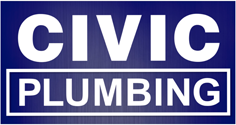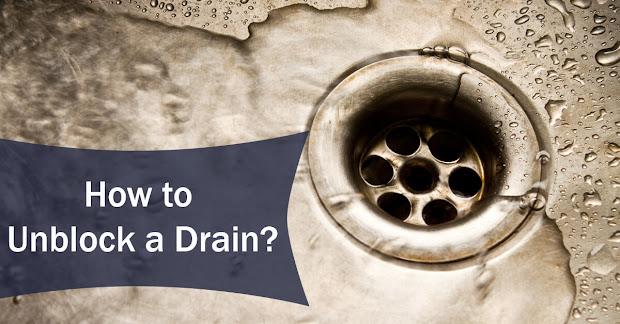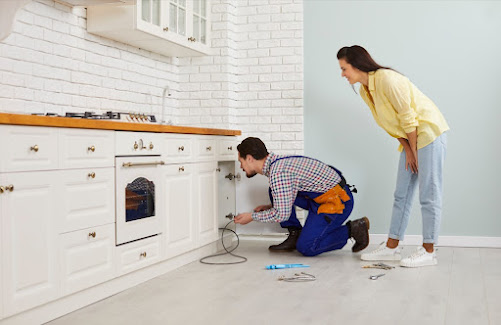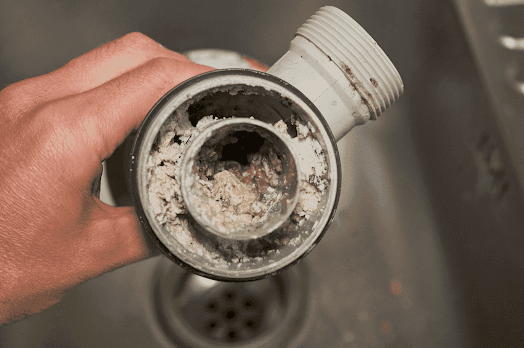Blocked drains are a common plumbing problem that can be quite a nuisance. They can cause unpleasant odors and flooding, and can even lead to more serious issues if not dealt with quickly. Luckily, it is possible to fix blocked drains without professional help - all you need is the right knowledge and the right tools. In this comprehensive guide, we’ll provide you with all the tips and tricks you need to identify and repair blocked drains, from easy DIY solutions to more complex ones. You’ll learn how to identify the signs of a blocked drain, prevent future blockages, and carry out any necessary repairs. Whether you’re dealing with a sink, bath, or toilet blockage, you can be sure that this guide has all the information you need to get the job done right.
Identifying a Blocked Drain
If you think you have a blocked drain, the first step is to identify the type of blockage you have. It’s important to know the type of blockage you are dealing with as this can help you to decide on the best course of action. There are two main types of blocked drain: partial and total. Partial blockages occur when a small amount of debris builds up in one part of the drain, causing a partial blockage, while total blockages occur when the entire drain becomes blocked. While partial blockages can be fixed with a simple DIY solution, total blockages should only be dealt with by a professional. While partial blockages can be fixed with a simple DIY solution, total blockages should only be dealt with by a professional blocked drains plumbers. If a blocked drain is causing you any issues, it’s worth trying to fix it as soon as possible. Although partial blockages can be fixed with a DIY solution, they can also be a sign of a much larger problem.
Causes of Blocked Drains
A blocked drain is usually caused by a buildup of small pieces of debris in the drain. This can be a combination of lint, hair, food scraps, and other materials that shouldn’t be flushed down the toilet or put down the sink. Blocked drains can also be caused by a more serious issue such as tree roots growing into the drain. Tree roots are one of the most common causes of blocked drains. If a drain has been blocked for a long period of time, it is possible that the roots have grown inside the pipes and are causing damage. A blocked drain can cause a number of issues, such as unpleasant odors, flooding, and damage to the surrounding area. Blocked drains can also cause much more serious problems, such as overflowing pipes and flooding, which could result in potential health hazards and structural damage.
DIY Solutions for Blocked Drains
If you have a partial blockage, you should be able to unblock your drain with a DIY solution. In most cases, partial blockages are caused by a buildup of hair and lint that has been flushed down the drain. In order to unblock your drain, you will need a pair of rubber gloves, a plumber’s snake, and a bucket. If you are dealing with a partial blockage, it’s likely that you will be able to unblock your drain with a DIY solution. You can use a plumber’s snake to unclog your drain. Before you start, make sure you have a bucket to catch all of the debris that you are removing from the drain. If you have a partial blockage, you should be able to unblock your drain with a DIY solution.
Unblocking a Sink
Unblocking a Bath
Unblocking a Toilet 🚽
If you think you have a blocked toilet, the first thing you should do is turn off the water supply. You can do this either by turning off the tap, or by turning off the water supply inside the wall. Once the water has been turned off, you can remove the toilet plug to see if there is any debris blocking it. If there is debris blocking the plug, you can use a long snake tool to clean out the inside of the plug. Once the plug has been cleared, make sure to clean out the rest of the toilet, including the walls, to remove any remaining debris.
Professional Solutions for Blocked Drains
Preventing Future Blockages
If you have a partial blockage, you can prevent future blockages by using a wire strainer on your drains to catch any debris that would otherwise be flushed down the drain. You can also use a multi-purpose cleaner to clean out the inside of your drains regularly to remove any build-up. It is also important to clean out your drains regularly to prevent future blockages. Make sure you use a wire strainer on your drains to catch any debris that would otherwise be flushed down the drain. It is also important to clean out your drains regularly to prevent future blockages.
Conclusion
Blocked drains can be a real pain, but they can be easily fixed with the right knowledge and tools. Whether you have a partial or total blockage, there will be a solution that can be implemented to unblock your drain. It’s important to know what type of blockage you have before attempting to fix your drain. It is also important to keep your drains clean to prevent future blockages. Follow this guide to identify and unblock any blocked drains. if the problem is complex then you should need to take a help of trusted local blocked drains specialist in Sydney, and you can be sure that they will give you long lasting work so that problem not occur for very long.



